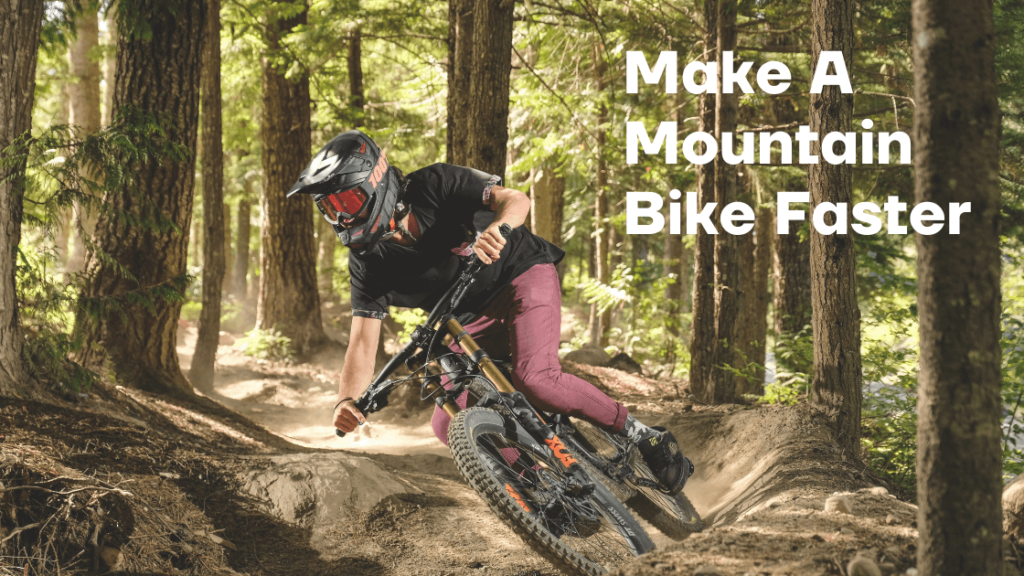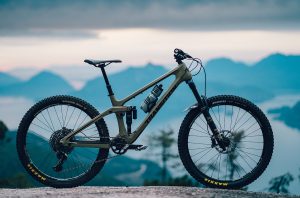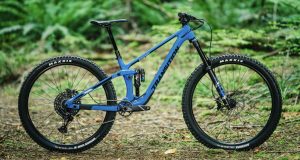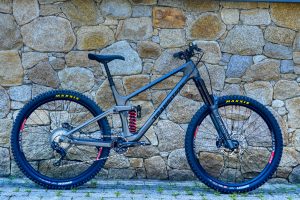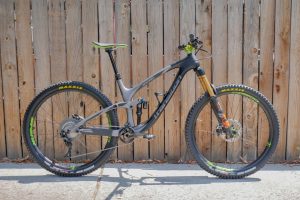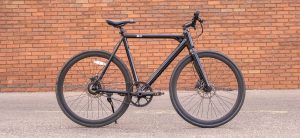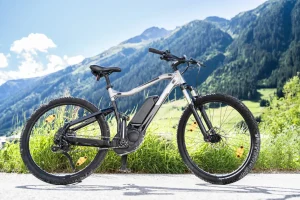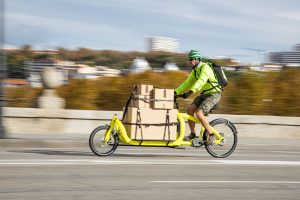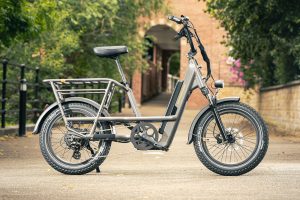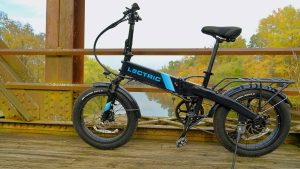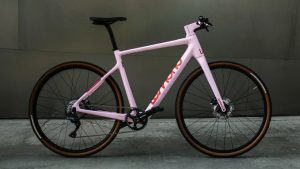Make a Mountain Bike Faster: Almost every cyclist has tried to pedal as fast as possible to see how fast their cycle rolls. I still remember our friends racing down the road whenever there was no traffic, and I always finished last. It is just we all want to be faster, right? It is one of those things nearly everyone slings a leg over a bike. But, do you know there are some really simple things we can all do today that will make you faster on your next ride? We will dive right in and see if we can find you a few extra seconds for that next ride.
Following are the ten hacks that will help you enhance the speed of your mountain bike for the next ride:
- Tire Pressure
- Cockpit
- Removing and Adding Weight
- Give Your Bike Some TLC
- Dial in the Suspension
- Grease the Wheels
- Choosing the Right Fluid
- Use Dropper Post More
- Change Gear More
- Aerodynamics
Tire Pressure
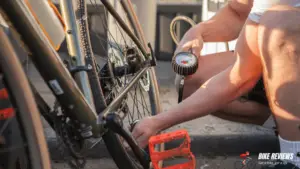
Many factors make a huge difference to how your bike will feel and ride. One of those most significant factors is tire pressure. If there is little pressure, the tires will roll from side to side and generally feel quite slow. There is also a much more considerable risk of your tire puncturing or burping if it is a tubeless setup.
On the other hand, if the tire pressure is beyond the given parameter, the tires will roll comfortably on hard and smooth terrain. However, as it reaches a rough terrain, the ride will become bumpy, and the speed will reduce too. There will be reduced traction, leading to decreased confidence in the cyclist.
The correct tire pressure will keep the tires on the rim and avoid excess rolling from side to side. Moreover, it can avoid the puncturing of tires.
Cockpit
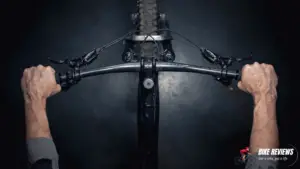
Moving on to the next hack, the cockpit. A lot of your comfort on the bike comes from personal preference. Being comfortable on the bike will give you more chance to focus on the trail ahead instead of the bike moving around underneath you. The more comfortable you are, the better bike feels underneath you, and the more you will focus on what you are doing and riding.
You have to think about it like the bike is an extension of you, rather than a mechanical object you are maneuvering. It can be simple things like putting the gears and breaks inboard on the bars the correct amount or running your brake lever higher or lower. Lastly, consider the handlebar roll, which is pitching the bars backwards and forwards in the stem, leaving a massive difference in how it feels on the wrist, lowering the fatigue on rough trails.
Removing and Adding Weight
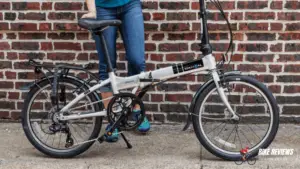
Moving on to weight. Firstly, we want to talk about removing weight from your bike. Obviously, it will make the bike lighter, resulting in increased climbing efficiency. Mountain bikes that climb fast are the best because you have to exert minimum energy. Moreover, you can maneuver it nicely.
The question that strikes is what can be done to reduce the weight? The answer goes straight to the tires. A set of lighter wheels or tires will make the most prominent initial difference because of its rotational weight. It is what you have to turn around constantly, and doing this makes a massive difference in the way your bike accelerates and brakes. Don’t forget about things like cassettes because that is a whole lump of metal. Someone whose budget has twelve cassettes may be excellent at what they can offer you as a range of gears, but it can also be quite hefty. Furthermore, lighter weight will improve the action of suspension. Heavy wheels can choke the performance of the suspension.
Other places of a bike that can benefit from a trim are the saddle, seat post, and bars, saving a chunk of weight easily. Moreover, if you are really keen on cutting grams down, go for titanium bolts; they are a great bragging point too.
On the contrary, adding weight can help you gain speed, but how? Adding weight to the right spot on the bike can help add stability by increasing the sprung mass, effectively reducing the sprung to un-sprung ratio. Because of this, the e-bikes feel so stable at high speed and through the rough stuff. The frame stays still, and the wheels can chop around on the suspension nicely. Heavier bikes are usually more durable. For instance, the top pro enduro race bikes are often heavier than their downhill race bike counterparts, and it is because enduro bikes got to withstand much longer races, so accordingly, the races will over-spec them to last the duration.
Give Your Bike Some TLC
As good as your mountain bike and components might be, if you don’t keep it clean, greased, and running smoothly, it will certainly not be much good out on the trail. So what is it about a clean bike that makes it fast?
Firstly, if it is covered in mud, it will be heavier for starters and not in the right places either. The bike’s moving parts, like bearings and bushings, need to be clean and free from any grime or muck that will stop them from moving freely.
Secondly, the clean suspension will work more effectively too, so it will make you faster at the end of the ride.
Lastly, when all the cleaning is done, it is time for greasing the moving parts like bushings, the chain, bearings, etc. Make sure the chain doesn’t get rusty or noisy; that will undoubtedly slow you down on the trail. Always keep up with your bike, as there is nothing slower or more frustrating than having to walk back down the trails with the bike.
How To Adjust Rear Derailleur On Mountain Bike?
Dial in the Suspension
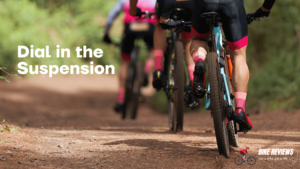
Another hack to increase the speed of the mountain bike on the trail is to dial in the suspension correctly. The shocks on the bike are highly sophisticated pieces of engineering, they need to be tuned into both riding style and weight in order to perform to their best. It includes setting sag, rebound, and compression settings as well as volume spacers if the shocks or faults take it. The important ones are sag and rebound. Generally, sag is around 20-30 percent of the available travel out bag and 15 to 30 percent upfront. On the other hand, rebound is a little more down to preference as it got to be slow enough to control that suspension movement but fast enough that it doesn’t get bogged down.
Grease the wheels
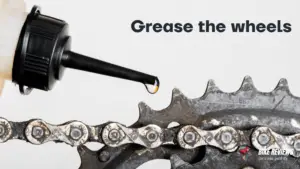
As discussed earlier under the TLC section, greasing is essential for mountain bikes, especially the wheels. A good fact from the downhill racing days, Steve Peat used to have a set of race wheels, and in those bearings, his mechanic, Andy Kiffin, wouldn’t put any grease. He basically poured some super light oil and used that one set of wheels for his race run because it would roll much faster. Just greasing up bearings will keep the bike rolling fast for most people.
Choosing the Right Fluid
Chains will eventually get dirty, but there are still different types of lubes to choose from. The wet lube is a bit thicker and a bit stickier. If you are riding in winter, you can almost jet wash the chains off, resulting in the lubes being washed off. Therefore, you must choose the lube that will last longer on the chains and bearings to work effectively, saving watts. In Summertime, I’ll prefer something like a dry lube or even more special than that; you’ve got ceramic lubes. Ceramic lube is premium stuff that will give you less friction and last longer on the parts. Not on it, the speed will be increased too, resulting in faster mountain bike speed.
Use Dropper Post More
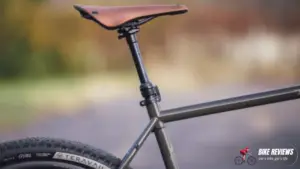
Another hack is to get a dropper seat post. It is a height-adjustable seat that can be managed in case the cyclist goes through a jump or bump by pushing the remote on the bar. Although a dropper post adds the weight of around 400g to the mountain bike compared to carbon seat posts, it outweighs the advantages. It just not only increases the speed but also enhances performance at cornering and increases the braking efficiency. It anchors up and gives confidence to the biker while climbing or going down the mountain.
Change Gear More
It’s the recipe to increase speed. Applying the right gear at the right time is quite a skill, and it means trying to predict what is coming up. Speed is usually affected at the corners; at this place, the cyclist needs to change gear more often to shift through effectively. The pedal consistency should remain constant, and the cadence shouldn’t be affected, and that is only possible if the gear is shifted correctly. Keeping the momentum and speed through sections is the key to cycling faster. It is understandable that changing gear doesn’t come quickly to any cyclist; therefore, it isn’t an easy hack or recipe to learn. Practice more to master the skill of changing gear swiftly and at the right moment.
Aerodynamics
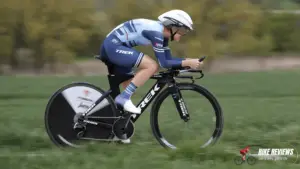
I know you must be thinking that I have made this one up just to make it a nice ten hacks blog to increase speed, but actually, when it comes to a certain average speed, it does make a big difference. If you are serious about getting a higher speed, try getting a slightly more fitted kit which is the easiest way of getting faster. Pace yourself properly and position yourself in the best way to avoid drag and other frictional forces. Interestingly, the better the aerodynamics, the longer the person can ride. The logic is quite simple as it doesn’t force the rider to exert more on the pedal, leaving more energy for longer distances.
After going through this guide, I am sure you will implement these in your cycling routine to enhance speed and performance. Always remember, it is the determination that will keep you going at faster speed and longer distances. Stay Focused and Happy Cycling!
